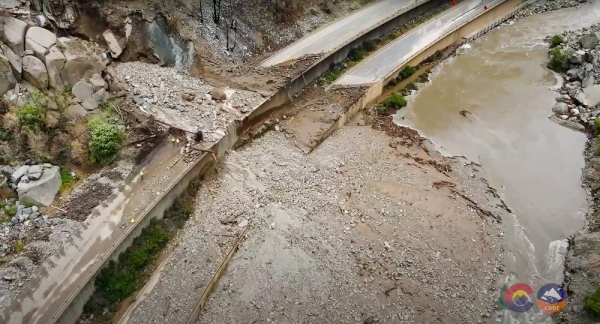The western United States this century is facing a greatly heightened risk of heavy rains inundating areas that were recently scarred by wildfires, new research warns. Such events can cause significant destruction, including debris flows, mudslides, and flash floods, because the denuded landscape cannot easily contain the drenching moisture.
A new study finds that, if society emits heat-trapping greenhouse gases at a high rate, the number of times that an extreme fire event is likely to be followed within one year by an extreme rainfall event will increase by more than eight times in the Pacific Northwest by the end of the century. It will more than double in California.
Overall, more than 90% of extreme fire events in the three regions that the research team focused on — which included Colorado along with California and the Pacific Northwest — will be followed by at least three extreme rainfalls within five years.
The study authors, including scientists at the National Center for Atmospheric Research (NCAR), used advanced computer models of past and future climate, as well as an index of weather variables that contribute to wildfire risk, to reach their results.
Read more at National Center for Atmospheric Research/University Corporation for Atmospheric Research
Image: Heavy rains that inundated wildfire-scarred areas in Colorado's Glenwood Canyon triggered mudslides in the summer of 2021, closing a portion of Interstate 70 for weeks. (Credit: Still image from Colorado Department of Transportation drone footage.)


